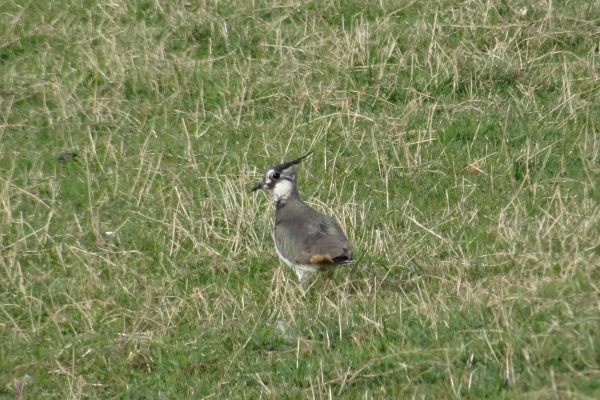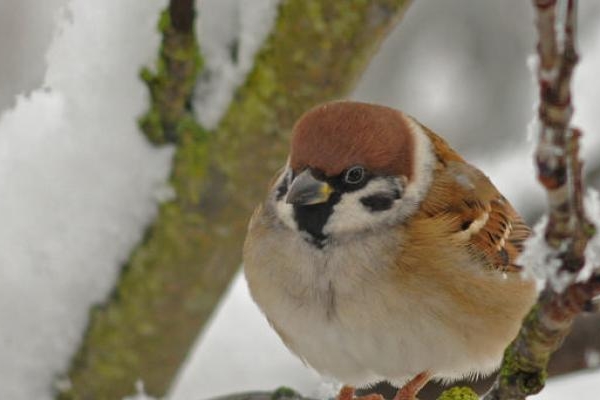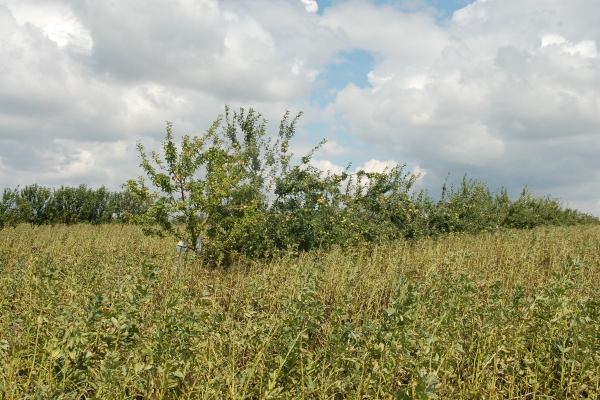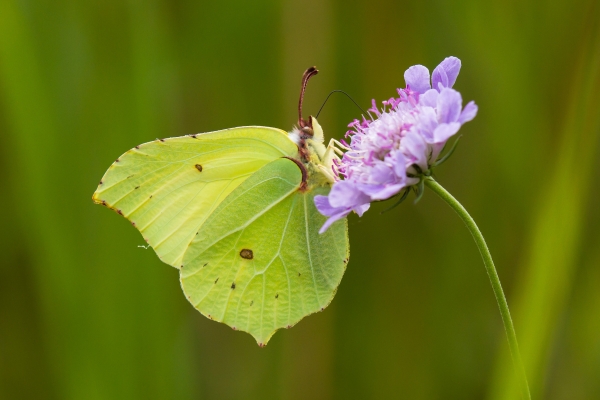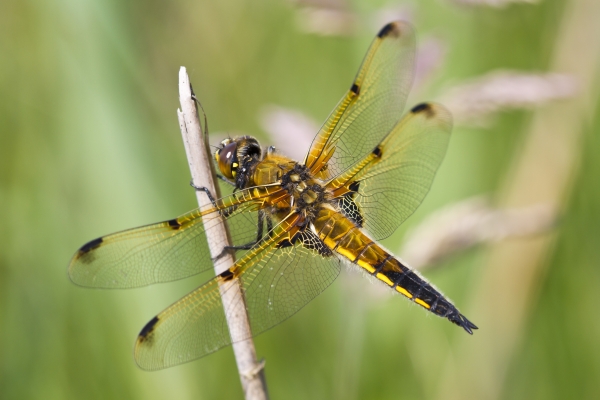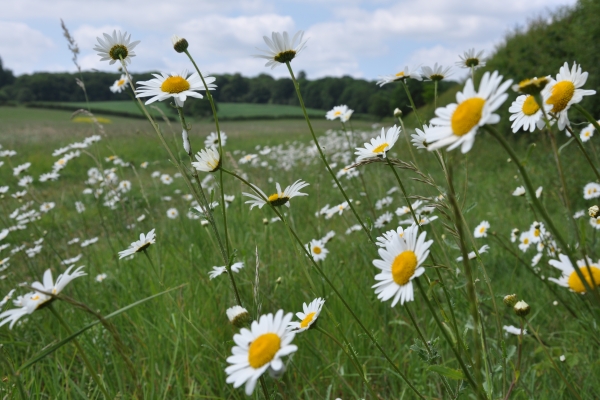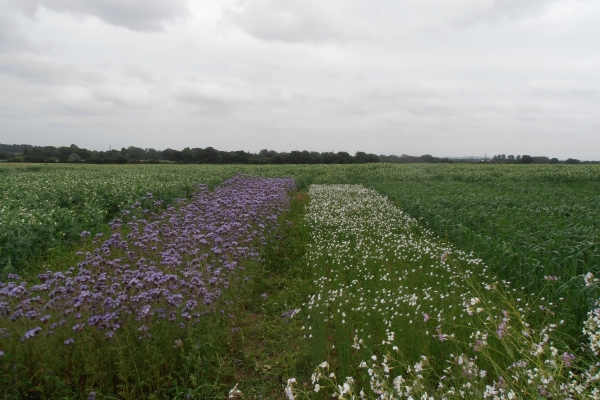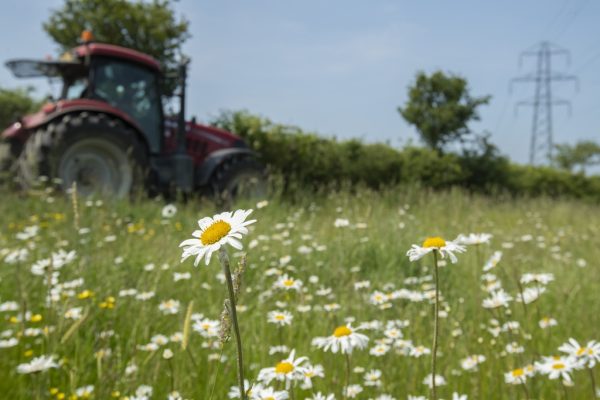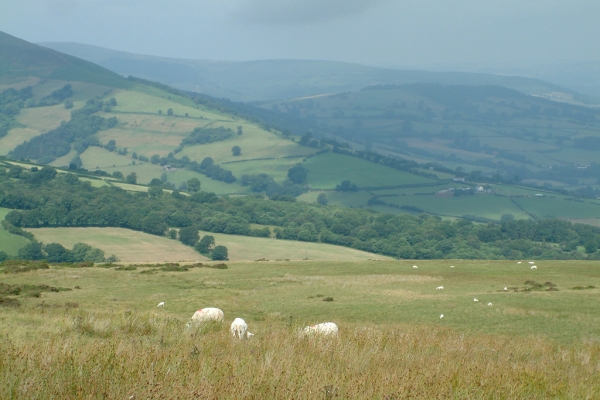Landscape-scale conservation
Wildlife & Farming handbook
Resource explained
To conserve wildlife, habitat management has traditionally been carried out at individual farm levels. Landscape-scale approaches encourage partnerships across neighbouring farms to help improve the overall quality of the wider landscape, increase connectivity, and reduce habitat fragmentation. This chapter from WildCRU’s Wildlife & Farming handbook summarises key information on landscape-scale conservation and highlights two partnership projects, one on the Chichester Plain and the other in the Upper Thames, which show the benefits of landscape-scale approaches for farmland wildlife.
Findings & recommendations
- Landscape-scale conservation can help safeguard species-rich areas and help join them up by creating habitat corridors and ‘stepping stones.’ More connections between habitats will help wildlife to move across the landscape.
- Some mobile groups, such as bats or birds, may use large areas and landscape-scale conservation projects may be best suited to meet their habitat needs.
- Some habitats can only be conserved effectively by a landscape-scale approach. For example, the health of a river is affected by management of all the land in the catchment. Actions to improve river quality will be much more effective if they are carried out across the whole landscape through which the river flows.
- Two WildCRU landscape-scale projects, on the Chichester Plain and in the Upper Thames, show how partnership working across landscapes can deliver great benefits for wildlife.
Related articles
Guide outlining the three pillars to a successful conservation approach; created to support a 'Conservation of Farmland Birds' workshop held at Peppering Farm in Sussex.
How to help provide the “big three” for farmland birds: safe nesting habitat, summer food and winter food.
Recording of a workshop hosted by the Organic Research Centre online that set out to explore how agroforestry could contribute towards the conservation and restoration...
Research highlights and useful information on encouraging invertebrates on farmland.
Find out about the wildlife of ponds, ditches, rivers and streams on the farm and some tips on habitat management.
Useful information and research highlights on managing uncropped habitats for farmland wildlife.
Research that looked at the effects of creating wildlife-friendly habitats in less productive areas of fields on a conventional arable farm.
NFFN/Farm Wildlife booklet highlights farmers enhancing ecosystems, restoring soil health, boosting profit margins, and increasing resilience to extreme weather.
A report describing a collaborative approach to woodland management and tree planting to improve the efficiency of upland livestock farming.



